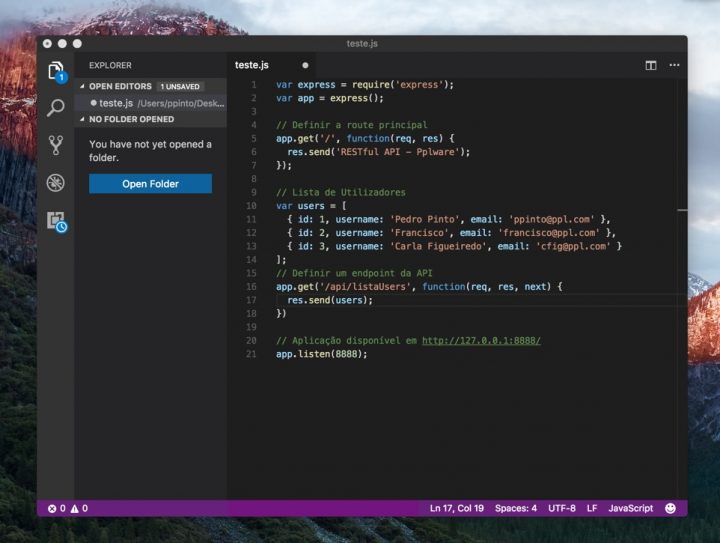
prettier: pretty prints (formats) JavaScript and with plugins like prettier-stylelint, other languages. eslint-config-wordpress: adds WordPress JavaScript standards. This will add the following packages in the current project: In a terminal window inside your project root, run npm install  : Config for stylelintĪ) Tell Node to install the packages specified in package.json. composer.json: Config file for Composer. stylelintscssrc.js: Styling rules for Sass files (not needed if Sass is not being used) gitignore: List of entries to be ignored by Git editorconfig: WordPress standards config file for the editor (use tabs and not spaces etc.) Step 2ĭownload all the files from this Github repo and copy them to your project folder (active theme directory in my case). Think of Composer like the WordPress plugins repo, but for PHP. Think of Node like the WordPress plugins repo, but for JavaScript.īy installing Node, we are essentially installing the Node CLI (Command Line Interface) globally (system-wide).
: Config for stylelintĪ) Tell Node to install the packages specified in package.json. composer.json: Config file for Composer. stylelintscssrc.js: Styling rules for Sass files (not needed if Sass is not being used) gitignore: List of entries to be ignored by Git editorconfig: WordPress standards config file for the editor (use tabs and not spaces etc.) Step 2ĭownload all the files from this Github repo and copy them to your project folder (active theme directory in my case). Think of Composer like the WordPress plugins repo, but for PHP. Think of Node like the WordPress plugins repo, but for JavaScript.īy installing Node, we are essentially installing the Node CLI (Command Line Interface) globally (system-wide). 
The focus is going to be on VSCode but the process should work in other editors such as Atom as well. We are going to use Node, Composer, ESLint, Prettier, stylelint and EditorConfig and the configurations for these put together by Christoph Herr. This article shows how we can go one step further and set up JavaScript & CSS linting (code analysis for potential errors) and pretty printing / auto formatting for PHP, CSS & JS.

In the past, I wrote about setting up WordPress PHP code standards in Visual Studio Code.







 0 kommentar(er)
0 kommentar(er)
